How to Know When Your Pointe Shoes Are Dead
As a dancer, your gear is more than just a necessity, it’s an extension of your body. Over time, even the highest quality shoes and apparel will show signs of wear. Whether you're a beginner or a seasoned dancer, knowing when to upgrade your dance gear can make a huge difference in your performance, comfort, and safety.
Signs It’s Time to Upgrade Your Dance Gear
Wear and Tear
The most obvious sign it’s time for a gear upgrade is visible wear and tear. Look for:
Cracked or worn soles in your dance shoes (or toes poking out a ballet slipper or highland ghillie)
Pointe shoes that are “dead” and no longer supportive (more on that below!)
Stretching or thinning fabric in your leotards, tights, or leggings
Loose stitching or damaged zippers in your bags or jackets
Decreased Comfort
If your shoes or clothing no longer feel as comfortable as they once did, it might be time to replace them. Shoes that are too tight, too loose, or have lost their cushioning can lead to blisters or joint strain. Likewise, clothing that no longer fits properly can affect your movement and confidence.
Reduced Performance
Old or worn-out gear can impact your performance. Shoes that don’t provide enough support or flexibility, or clothing that restricts movement, can hinder your technique. New gear enhances your abilities, helping you dance with more precision, grace, and energy.
How to Know When Your Pointe Shoes Are Dead
At Fusion Dance Supply, we like to say: “Pointe shoes are like avocados. Unripe, unripe, unripe, guacamole, dead.”
Pointe shoes are notoriously short-lived. It feels like they take forever to break in, you get a brief window where they’re perfect, and then suddenly, they’re done. But how can you tell when they’ve crossed over?
Here are a few tips:
Breaking In: Recreational dancers, do not slam your shoes in doors or copy dramatic movie tricks. To gently break them in, bend the shoe softly where your heel meets the arch of your foot.
Signs of Breakdown:
The paste (which is water-soluble) breaks down with sweat, leading to softness.
If the area under the ball of your foot feels spongy when pressed, the shoe is wearing out.
If you feel unsupported or like you’re “knuckling,” the shoe may no longer be safe.
Rolling through demi-pointe may become harder again after briefly improving.
When in doubt, ask your teacher. And remember: dancing in a dead pointe shoe is not safe. If you hit the sweet “guacamole” moment before a big performance, consider using a backup pair in class to preserve your perfect shoes for the show.
What to Look for When Upgrading Your Dance Gear
Durability: Consider how long your gear is likely to last. Full-sole tap shoes last longer than split-sole ones but take more time to break in.
Fit: Professional fitting is a must! For example, beginner tap dancers often buy shoes too large. Tap shoes should fit like socks - with toes right at the end, lying flat.
Style-Specific Features: Different dance styles need different gear. Make sure your gear supports the techniques specific to ballet, jazz, highland, etc.
When to Replace Your Dance Shoes
Shoes should always feel snug and supportive. When you start noticing:
Loose soles
Worn-out heels
Reduced flexibility
Decreased comfort or support
…it’s time for an upgrade. Safe, supportive shoes are essential for every dancer, at every level.
Fusion Dance Supply: Affordable, Sustainable Gear
Upgrading your dance gear doesn’t have to mean breaking the bank. At Fusion Dance Supply, we offer gently used dance shoes and apparel that are performance-ready and budget-friendly. Whether you're looking for ballet slippers, jazz shoes, or highland ghillies, our selection ensures you get the quality you need - sustainably.
Ready to Upgrade?
If your dance gear is wearing out, come by Fusion Dance Supply to explore our curated collection of new and gently used gear. We’ll help you find the perfect fit so you can dance with comfort, confidence, and style.
Visit us at A2-2212 Gladwin Crescent, Ottawa, ON K1B 5N1 Let’s keep you dancing at your best!
